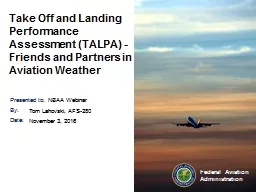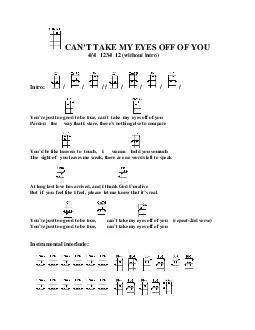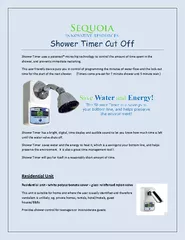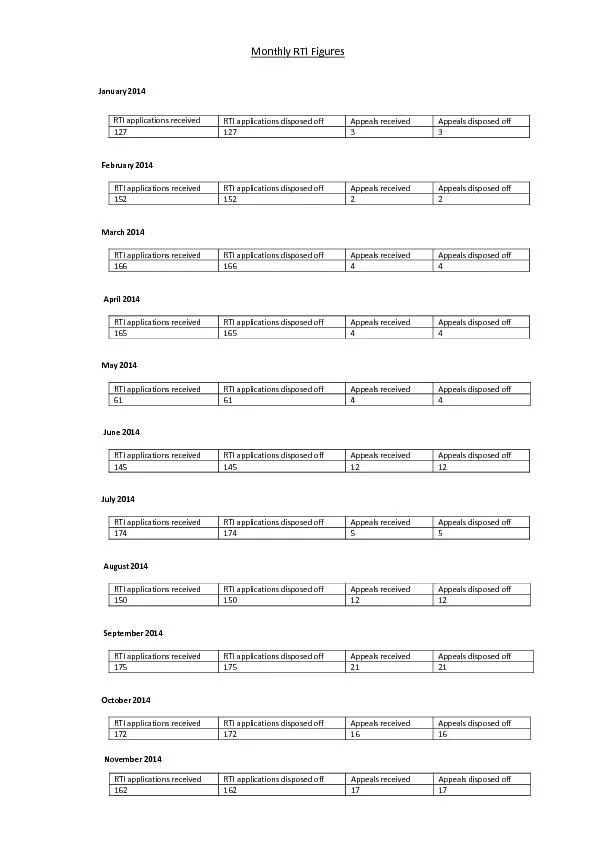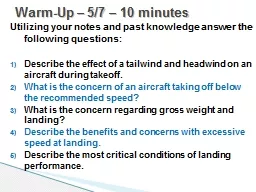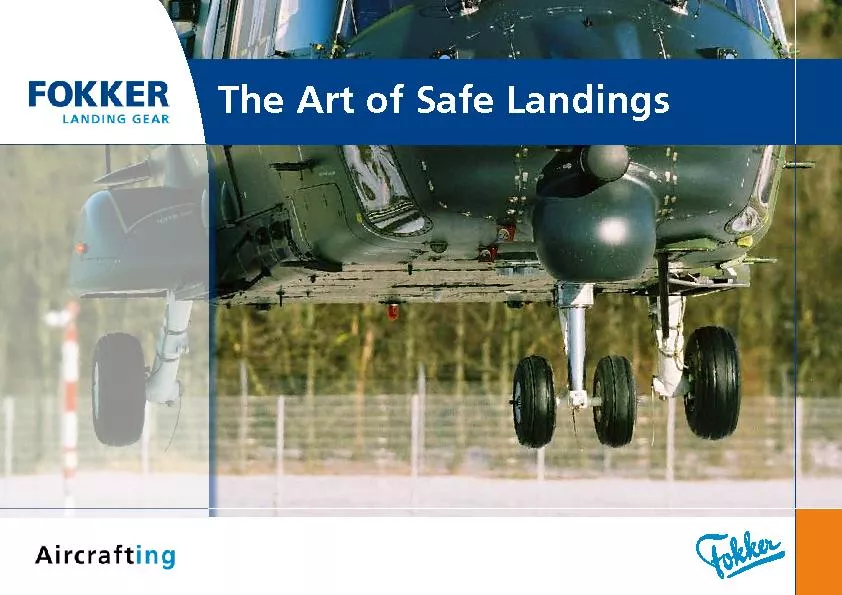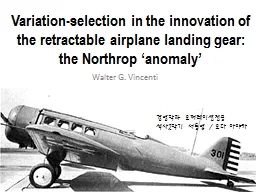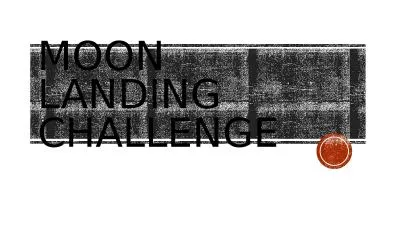PPT-Take Off and Landing Performance
Author : luanne-stotts | Published Date : 2019-12-09
Take Off and Landing Performance Assessment TALPA Friends and Partners in Aviation Weather NBAA Webinar Tom Lahovski AFS280 November 3 2016 Why TALPA As result
Presentation Embed Code
Download Presentation
Download Presentation The PPT/PDF document "Take Off and Landing Performance" is the property of its rightful owner. Permission is granted to download and print the materials on this website for personal, non-commercial use only, and to display it on your personal computer provided you do not modify the materials and that you retain all copyright notices contained in the materials. By downloading content from our website, you accept the terms of this agreement.
Take Off and Landing Performance: Transcript
Download Rules Of Document
"Take Off and Landing Performance"The content belongs to its owner. You may download and print it for personal use, without modification, and keep all copyright notices. By downloading, you agree to these terms.
Related Documents

